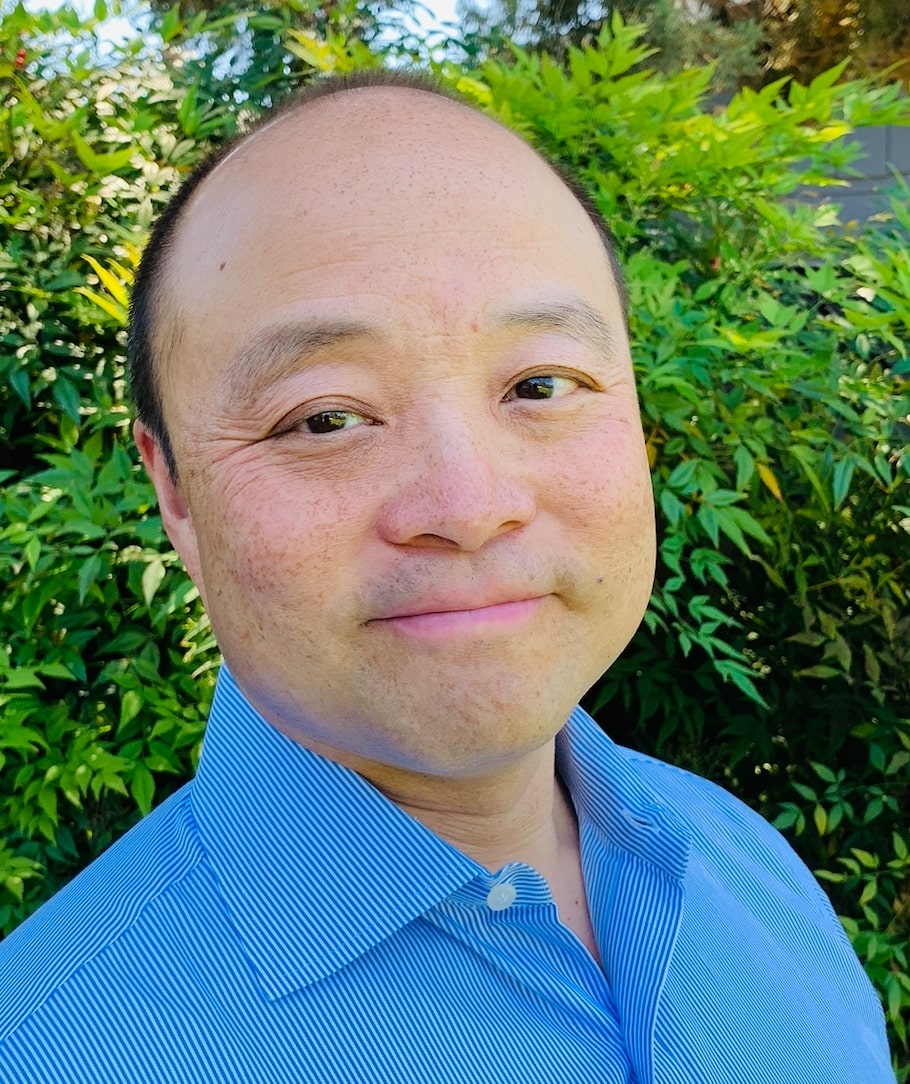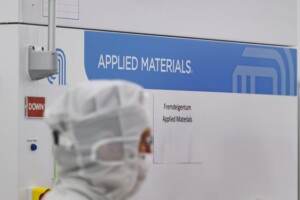NASA Space Technology
Neil Degrasse Tyson has a poor grasp of business and finance. He also made statements that he knew were not accurate. He knows there was refurbishment and there is reusable. He is also just wrong when he says that SpaceX only has made engineering advances on what was unrealistic in terms of cost.
This clip is odd because the opposite is true. SpaceX first landed an orbital rocket in 2015…
No one has matched the feat 9 years later
In fact NASA is up Schitt Creek without Elon’s SpaceX who will literally rescue NASA
Does Neil have a new sponsor?pic.twitter.com/Mnm7oJQqoX
— Bradford Ferguson (@bradsferguson) September 8, 2024
SpaceX will likely have about 250 launches over 24 months (2023 and 2024) and this is almost double the shuttle launches over more than 20 years. This was done for about $10 billion and profitable STARLINK and a Max of about $2 billion per year in government contracts. The space shuttle cost about $200 billion for 135 launches.
The cost per ton transported by plane has likely decreased by over 90% when considering inflation-adjusted costs from the early days of aviation to now.
Getting ten times more for ten times lower cost might be using the same fundamental technology but putting things together the right way is transformational and critical. It is the scale of lowering the cost of air transport per ton transported from 1930 to 2000.

IBM pioneered many of the pieces of cloud computing over many decades. This was done from the early days of mainframe computers in the 1960 and continuing through the 1980s.
Time sharing
Software as a service
Infrastructure as a service
Server, network, storage virtualization
Middleware
Usage accounting
Remote client access
Client Server Computing
Networking (initially proprietary)
Storage area networking
But it was Amazon AWS that brought it together with the right business models to make the multi trillion cloud computing industry.
Rapid Reusability is not the Same as Recovering and Rebuilding over Many Months
Rapidly reusable in weeks. Days and soon hours is not the same as recoverable and repairable for a billion dollars and months of rebuilding.
The shuttle had three reusable components: the orbiter, the space shuttle main engines (SSME), and the Solid Rocket Boosters (SRB).
Upon landing the orbiter was essentially decertified for flight. The recertification process require over 1 million work hours. Hundreds of thousands of these hours were required to refurbish the thermal protection system (TPS).
The first 13 Space Falcon 9 recoveries had some heat shield and other refurbishment. However, the block 5 Falcon 9 has seen SpaceX master reuse. There is very little maintenance and inspection. SpaceX has turned around and reused a booster in 21 days. The inspection and maintenance times have dropped to about 1000 work hours. This is one hundred to one thousand times better than the Space Shuttle.
The actual refurbishment process for this record-breaking turnaround took only 9 days, according to SpaceX. This indicates that the real turnaround time could potentially be even shorter than 21 days if not for other logistical factors.
Crossing the Atlantic – Time Matters
Crossing the Atlantic in months like Columbus is not the same as container ships crossing in 10-20 days. Columbus version barely lets you start discovering and colonizing North America and other supports a global economy with hundreds of millions of tons of goods traded and multi-trillion economy.
Astronomy Comparison
Our Sun is a G-type star. A star ten times less powerful than a G is a red dwarf.
A star 6 times more powerful (luminous) than a G-type star is an F-type star.
An A-type star is 40 times more luminous than a G-type star.
They are all stars but they go into entirely different categories based on temperature, luminosity, size and other factors.

Brian Wang is a Futurist Thought Leader and a popular Science blogger with 1 million readers per month. His blog Nextbigfuture.com is ranked #1 Science News Blog. It covers many disruptive technology and trends including Space, Robotics, Artificial Intelligence, Medicine, Anti-aging Biotechnology, and Nanotechnology.
Known for identifying cutting edge technologies, he is currently a Co-Founder of a startup and fundraiser for high potential early-stage companies. He is the Head of Research for Allocations for deep technology investments and an Angel Investor at Space Angels.
A frequent speaker at corporations, he has been a TEDx speaker, a Singularity University speaker and guest at numerous interviews for radio and podcasts. He is open to public speaking and advising engagements.



